Introduction to the Semi-Trailer Concept
The semi-trailer has fundamentally reshaped the landscape of freight transportation. Combining efficiency and maneuverability, semi-trailers have become indispensable for industries requiring bulk transport. But what sparks the inception of this innovative model? When was the first semi-trailer invented? In this article, we delve into the origins of semi-trailers, the evolution of their designs, and important innovations that propelled the trucking industry forward.
Key Milestones in the Development of the Semi-Trailer
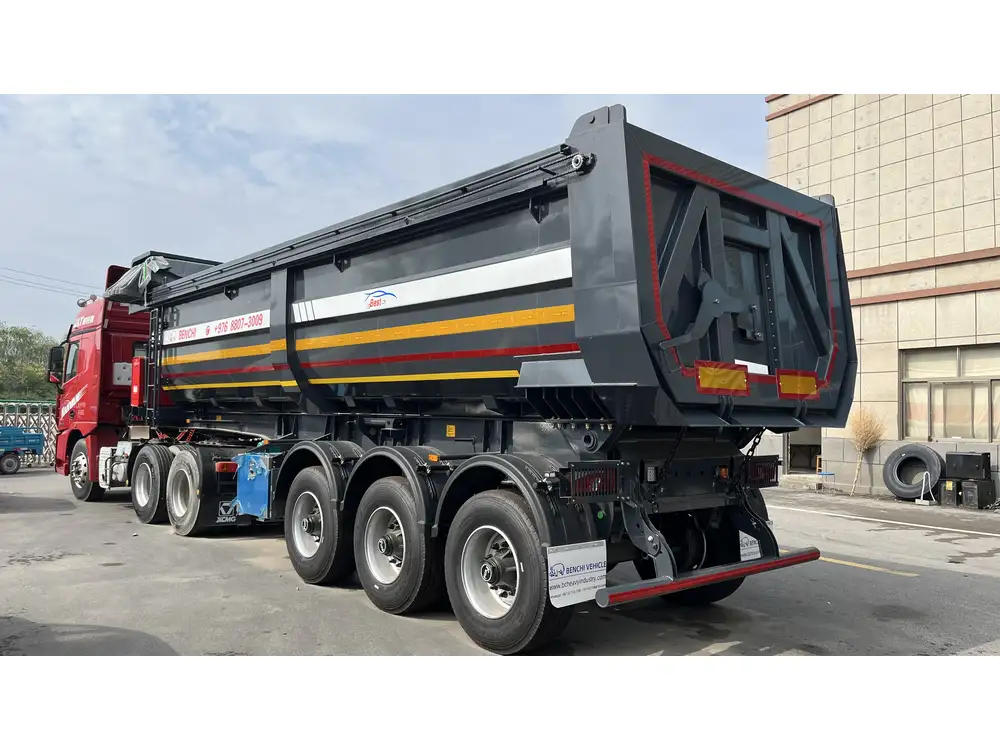
The Genesis: Tracing Back to the Late 19th Century
The semi-trailer’s journey began in the late 1800s, a time marked by the burgeoning industrial revolution. The first iteration that resembles a semi-trailer was a two-part trailer which could be towed. It wasn’t until the emergence of the tractor unit, particularly in the early 1900s, that the modern semi-trailer concept developed.
| Year | Milestone | Description |
|---|---|---|
| 1898 | First Semi-Trailer Invention | G. H. Smith created a cart that could connect with a tractor. |
| 1914 | Adoption of Diesel Engines | Enabled more powerful and efficient hauling capabilities. |
| 1928 | Introduction of Streamlined Designs | Improved aerodynamics, enhancing fuel efficiency. |
The 1920s: Advancements in Design and Utility
The 1920s marked a significant transition in semi-trailer design. With the advent of better materials and construction techniques, manufacturers began to introduce lighter yet more durable models. The use of steel frames allowed for enhanced strength without the added weight of wood, a common material in earlier models.
Semi-Trailer Specifications in the 1920s
- Length: Average trailer length increased to 30 feet.
- Capacity: Load capacities soared, often exceeding 10 tons.
- Type: Development of flatbeds, tankers, and enclosed models.
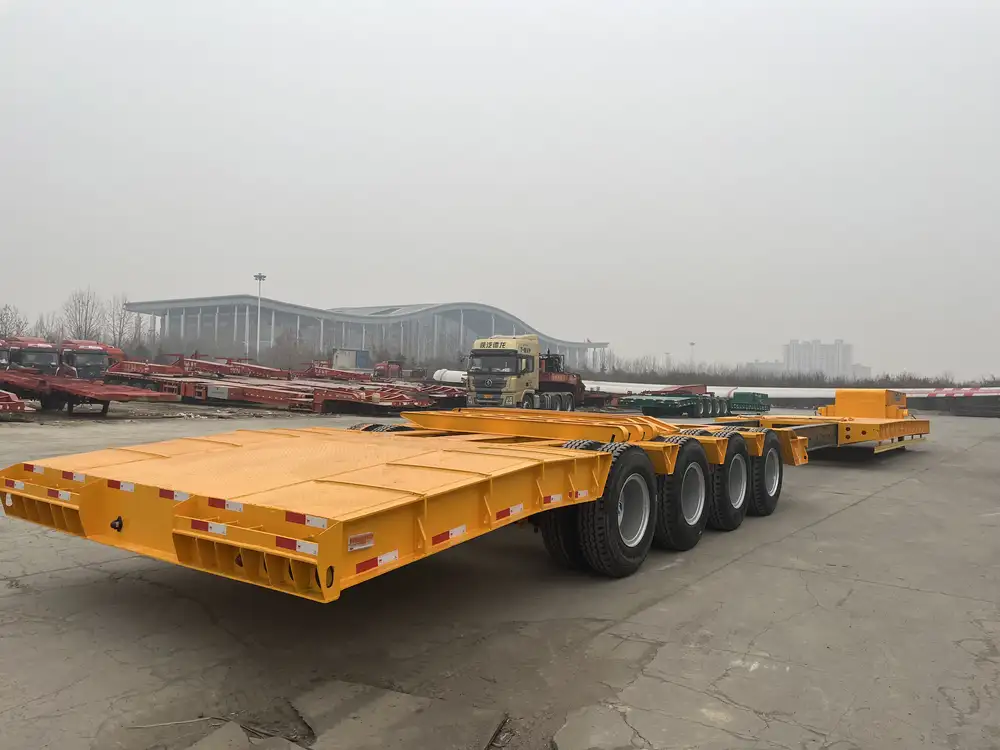
The 1930s–1940s: Commercial Boom and Standardization
As the economy expanded post-Great Depression, so did the demands for efficient freight solutions. The introduction of standardized semi-trailer specifications allowed for interchangeability, increasing logistical efficiency. In 1936, the Federal Government established vehicle regulations, which paved the way for uniformity in weight and size specifications.
Key Innovations from the 1930s to 1940s
- Brake Systems: Introduction of air-brake systems, significantly improving safety and control.
- Suspension Systems: The development of advanced suspension systems allowing for smoother rides and reducing wear on both the truck and trailer.
- Aerodynamic Enhancements: Streamlined front profiles and side skirts emerged, drastically increasing fuel efficiency.
Evolution of Technology: Enhancing Semi-Trailer Performance
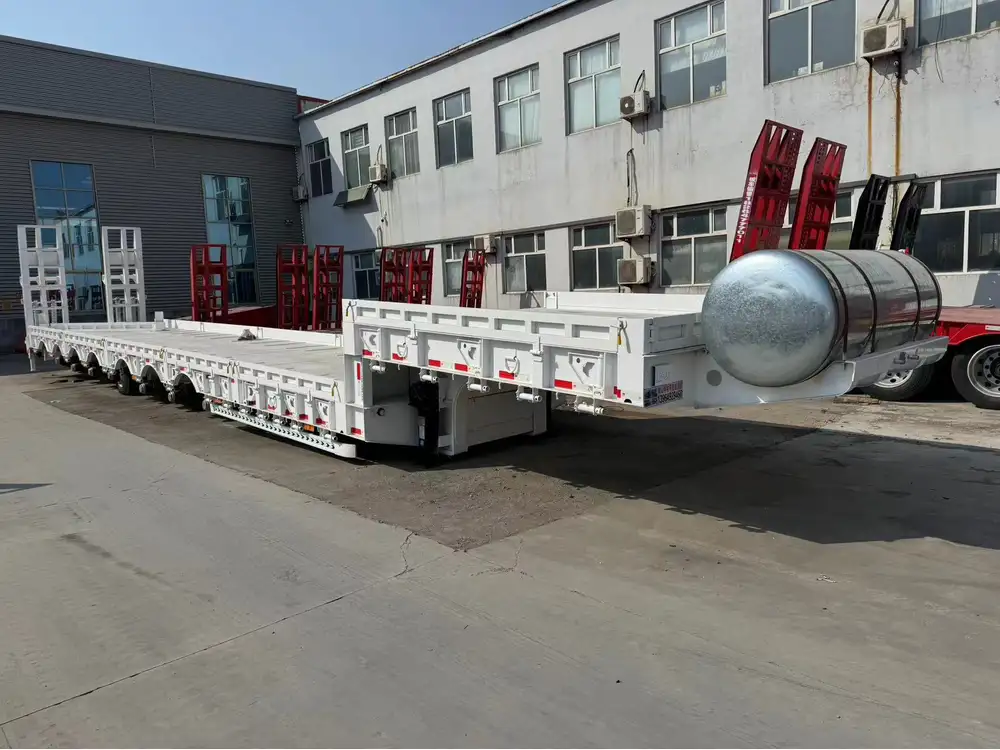
The Technological Revolution in the Late 20th Century
Advancements in technology throughout the late 20th century further revolutionized semi-trailer manufacturing. The application of computer-aided design (CAD) simplified the manufacturing process, allowing for innovative designs which maximized cargo capacity and minimized fuel usage.
Noteworthy Technological Advances:
- Materials Science: Introduction of lightweight composite materials improved fuel efficiency.
- Telematics Technology: Real-time monitoring systems provided insights into vehicle performance, leading to improved route planning and maintenance scheduling.
- Green Innovations: Rise in environmentally friendly trailers using emissions-reducing technologies.
The Impact of Regulatory Changes
In response to the growing focus on environmental sustainability, regulatory changes around weight limits and emissions standards prompted manufacturers to innovate continually. The 2005 Energy Policy Act in the U.S. led to stricter regulations for fuel efficiency and emissions, wherein semi-trailer designs needed to adapt accordingly.
| Regulation Year | Key Features | Impact on Semi-Trailer Design |
|---|---|---|
| 2005 | Energy Policy Act | Push towards more aerodynamic designs and lighter materials. |
| 2010 | Introduction of EPA’s 2010 Diesel Engine Standards | Stringent emissions regulations influenced engine technology. |
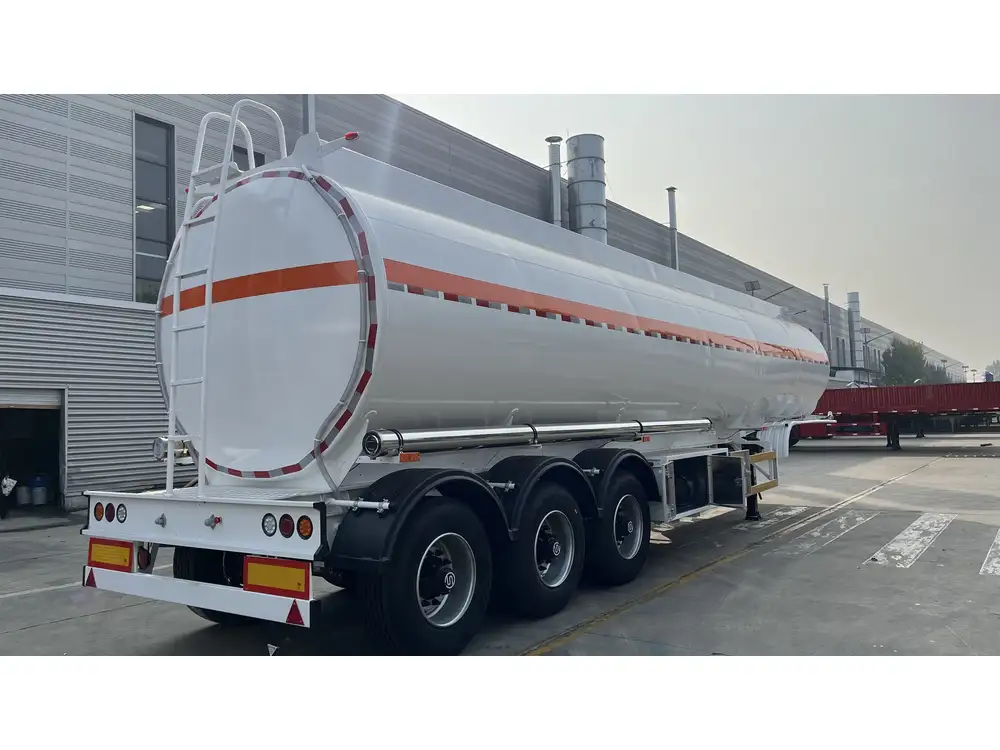
Contemporary Designs and Features of Semi-Trailers
The Shift to Evolving User Needs
Today’s semi-trailer designs reflect a blend of traditional concepts combined with contemporary needs. The increasing demand for specialized trailers tailored for different types of cargo has led to the diversification of designs.
Popular Semi-Trailer Variants:
- Flatbed Trailers: Versatile and used for transporting large, heavy loads such as machinery and lumber.
- Reefer Trailers: Equipped with temperature control technology, ideal for transporting perishable goods.
- Tanker Trailers: Specifically designed for transporting liquids or gases, equipped with secure handling systems.
- Step Deck Trailers: Allows for taller loads due to a lowered deck design while maintaining other cargo height regulations.
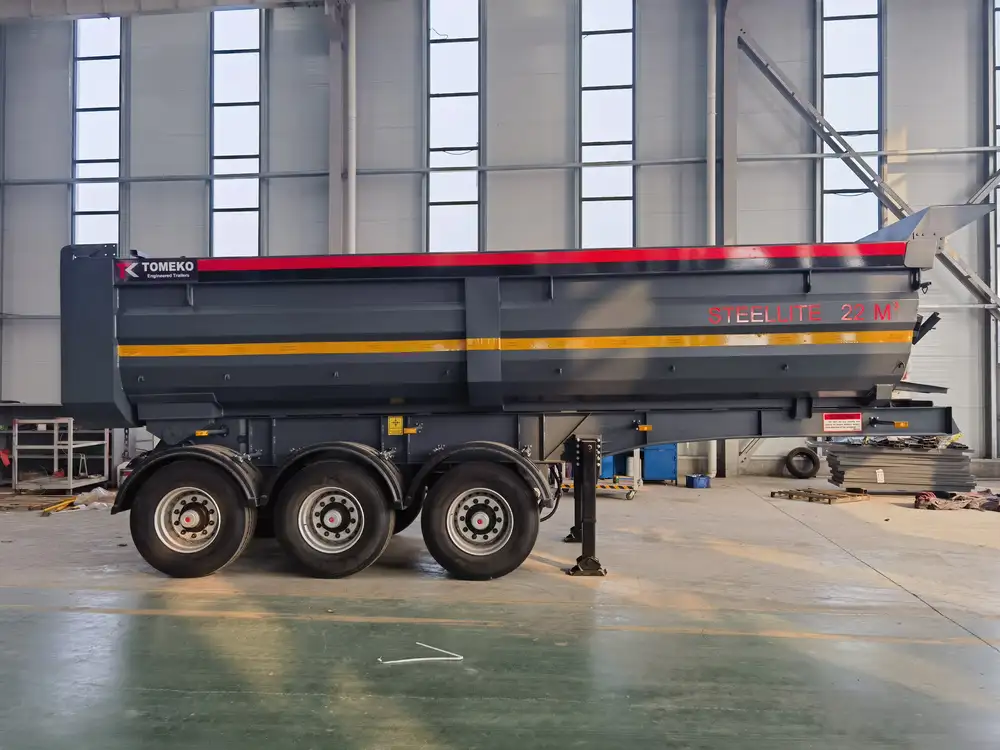
The Role of Automation and AI in the Future
Looking forward, the integration of automation and artificial intelligence (AI) presents both opportunities and challenges for semi-trailer manufacturers. Automated driving systems and predictive maintenance models are on the frontier of transforming how goods are transported.
Frequently Asked Questions (FAQs)
What Are the Benefits of Using Semi-Trailers?
- Increased Cargo Capacity: Semi-trailers allow for larger loads without the need for multiple trips, enhancing efficiency.
- Versatility: Available in multiple formats for various transportation needs.
- Cost Efficiency: Designed to be aerodynamically efficient, reducing fuel costs over time.

Why is Understanding the History of the Semi-Trailer Important?
Understanding the evolution of semi-trailer technology offers insights into current industry trends, informs future innovations, and underscores the dynamic nature of transportation challenges.
What Innovations Can We Expect in Semi-Trailer Technology?
Expect to see more reliable telematics, advancement in smart trailers equipped with sensors, and improvements aimed at creating zero-emission vehicles as sustainability takes center stage.
Conclusion: The Semi-Trailer’s Journey Since Its Inception
From primitive designs to complex engineering feats, the semi-trailer’s inception and subsequent evolution have been shaped by economic, technological, and regulatory factors. As we look towards the future, the semi-trailer continues to adapt to the changing demands of the transportation landscape. Manufacturers must remain attuned to trends and innovations that will further enhance capabilities while ensuring safety and sustainability. By understanding the rich history and groundbreaking advancements of this vital transport solution, we position ourselves on the path to continued leadership in the realm of logistics and freight transportation.
By embracing these changes, semi-trailer manufacturers can not only improve their offerings but also ensure they remain relevant in a rapidly transforming industry.



